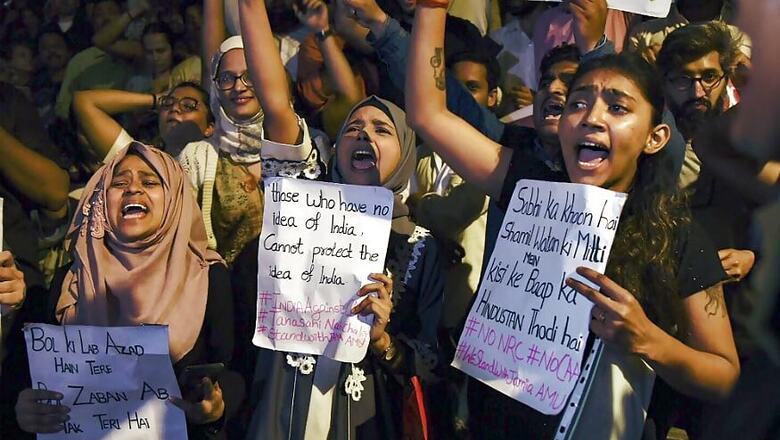Understanding Section 144 and Why It Must Pass The Test of Reason Amid Anti-Citizenship Act Protests

views
Amid nationwide protest against the Citizenship Amendment Act (CAA), the Centre in the past week has ordered for the imposition of Section 144 – a law preventing assembly of persons in a group - across various states. On Thursday, the law was challenged the in the Karnataka High Court after historian Ramachandra Guha was pulled away and detailed during an interview at a protest.
Over the past few years the law has been extensively imposed in the country to both cool off protests and avoid any form possibilities of violence. News18 explains the law before the Court's verdict on the PIL challenging it.
What is Section 144?
Section 144 of the Criminal Procedure Code (CrPc) of 1973 provides that an executive magistrate of a state may be authorized to prohibit the assembly of four or more people in an area. This ‘unlawful assembly’ or gathering of people can be booked under the law as it is interpreted as engaging in rioting.
In a given case, the magistrate, without or without prior notice, may pass a written order implementing the law against an individual person or persons residing in a particular place. It may also be directed against persons visiting a particular place.
What are the powers given to admin under the law?
Under the law, any person may be directed to withdraw from the unlawful assembly or may be detained from the act. It may also apply in the particular case when a person, “being armed with any deadly weapon, or with anything which, used as a weapon of offence, is likely to cause death," to disengage and restrict from doing so.
What is the punishment given for unlawful assembly?
Once Section 144 is imposed, citizens are barred from carrying any object that may be used to cause harm and disrupt peace and tranquility. By restricting movement, the law disengages persons who may cause riot in the area or city, which means that the fundamental rights of persons, while the law is under force, may be curtailed. Violation of the law may lead to punishment of up to three years in jail.
What is the difference between a curfew and Section 144?
Both the situation wary differently but the order of both is issued by the DM. Under a curfew, public activity and civilian traffic is completely banned. Curfew may be imposed depending on the situation and the possibilities of large riots or violence. It can be extended for an indefinite period of time. On the other hand, Section 144 prohibiting public gathering may be imposed for two months and at the max for 6 months. It can be withdrawn whenever the admin feels the situation has improved.
Why is Section 144 criticized?
Following the protests against the Centre, the law preventing public gathering again came under the scanner. It faces criticism on the absolute power given to the DM to issue such an order, even when the protests are being conducted in a peaceful manner. The only way to challenge such an order is to approach the DM himself/herself.

















Comments
0 comment